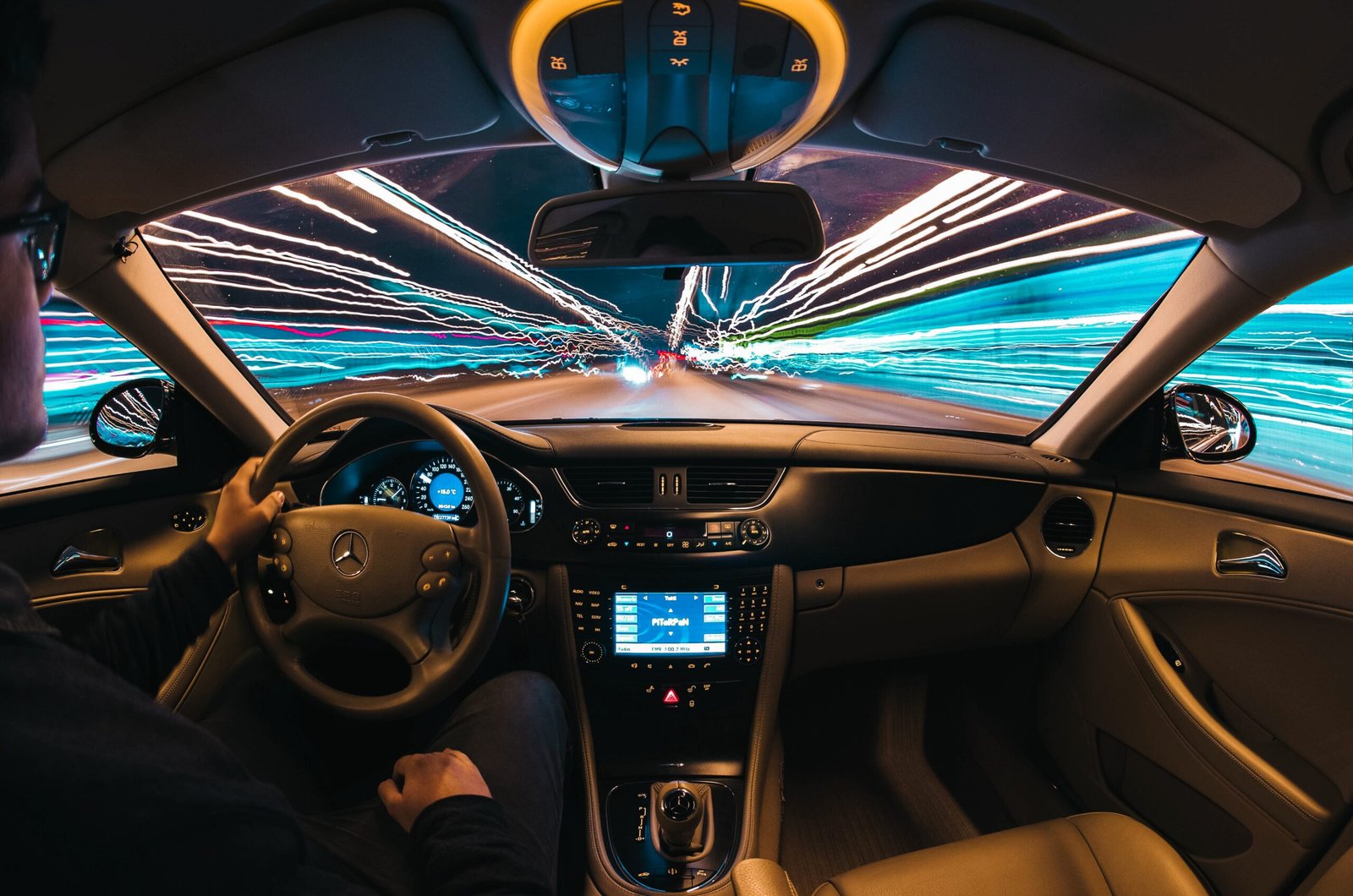
Technology Is Disrupting The Automotive Business Like Never Before (And It’s A Bit Scary)
The automotive industry developed rapidly over the course of the 20th century. We went from the Ford Model T to the Mclaren F1.
However, both those vehicles essentially did the same thing. You put your foot on the gas and they would accelerate, and your foot on the brake, and they would slow back down again.
Now, though, in the 21st century, we’re going through an automotive revolution. Car companies aren’t just iterating on past designs, as they did in the 20th century. They’re fundamentally rethinking – and reshaping – what it means to travel on the road.
In this post, we take a look at some of the ways that technology is disrupting the automotive business. As you’ll discover, the changes are less the difference between the Model T and the F1 and more the difference between a horse-drawn cart and an SUV. Read on to learn more.
On-Demand Transportation Services
In the past, if people wanted a personal means of transportation, they had to buy it themselves. But over the next ten years or so, that’s probably going to change. The old-fashioned world of taking out a loan to purchase a vehicle is fading away.
There are several factors driving this. First, consumers only really want to pay for journeys that they actually use. At the moment, most are financing expensive vehicles that spend most of their time sitting on driveways.
Second, consumers don’t want to put down capital to buy a depreciating asset. From a personal finance perspective, owning a car isn’t a smart move.
Third, people want to avoid many of the maintenance costs associated with owning a vehicle. It’s actually a hassle taking a vehicle to a repair shop. It’s much better to get a third-party company to do it.
Lastly, on-demand transportation is more convenient than other public transport options. Currently, the best model we have for how this will work is Uber. Riders order lifts on their smartphones and then a vehicle shows up to take them where they want to go in a few minutes. In the future, all of this will be automated, lowering costs further.

The automotive industry, therefore, is going to have to change how it makes vehicles. There will be a shift from building vehicles for private owners to constructing fleet vehicles that jive with on-demand service providers.
Tesla, for instance, has already hinted that it intends to create fleet-specific vehicles. It is also hinting that it will create a ride-sharing platform that allows customers to order autonomous Model 3s that take them to wherever they want to go. Other manufacturers will undoubtedly follow suit.
Driver Safety Technology
Machine learning is probably going to become the most important technology of the 2020s. Experts believe that it will be highly disruptive in the automotive sector, even if it doesn’t help firms achieve full autonomy. The reason for this is simple: cameras can now do the same task as human eyes. They can recognize objects in their visual fields and respond to them. We’re entering a world where cars will have cameras fitted to their exteriors that warn drivers and even respond to hazards to prevent accidents.
In fact, we’ve already seen examples of this technology working in the real world. There are reports of Tesla Model S vehicles slowing down in anticipation of a crash even when, to human eyes, everything looks normal.
Ever-Increasing Autonomy
Autonomous cars were a pipedream twenty years ago. Most experts agree that it would probably never happen. However, since Google proved the concept of big data-driven machine learning in 2013, things have changed a lot. Now autonomy is a mainstream concept and most manufacturers are working towards it.
Autonomy will impact the automotive industry slowly to begin with, and then more quickly. At first, we will see basic applications, such as automatic emergency braking and lane assist. Then, over time, the software will become more competent, and companies will get better at implementing it, allowing them to apply autonomy to more situations. Highway driving is the most likely to become fully automated first, followed by set-piece maneuvers, such as parallel parking. After that will come full city driving – the holy grail of autonomous applications.
Self-driving systems are very much on the radar at most major car companies. Tesla, for instance, has been equipping its vehicles with a full autonomy package since 2013. BMW is now installing radar and cameras on its 7 Series vehicles to allow them to park themselves. Adaptive cruise control is now standard on many vehicles, and it won’t be long before they are maintaining lanes by themselves either.
Improved Archiving
For much of the history of automobiles, the personal computer and internet didn’t exist. For instance, in the past, mechanics and repair shops had to use Ford F-150 service repair manuals if they wanted to service this vehicle. However, due to scanning and digitization, that’s changing. Repair shops may soon be able to access entire factory manuals online from a single repository.
The advantages of this for the automotive industry as a whole are tremendous. It will help to take a lot of the guesswork out of repair jobs and ensure that mechanics do them correctly. It will also make it easier for people to start up their own automotive businesses because accessing the information they need will be easier.
More Interactivity
As we move to increase autonomy, the very nature of what a car is supposed to be will also change. There will be a shift in focus from the driving experience (since autonomy will eliminate this) to entertainment.
Already we see the automotive industry considering this. There are now multiple concept cars that arrange to seat so that it is more like a living room than a motor vehicle. Seats face each other (not necessarily the direction of travel), and riders gather around a central console.
Zero Emissions
Lastly, on the technology front, we’re going to see a range of new vehicles that minimize or eliminate emissions. Currently, the consensus view in the car industry is that CO2 is harmful to the environment and that we need to stop emitting it before it damages the planet. Electrification will lead to major changes in the structure of the industry and essentially put an end to the oil industry as we know it.

How To Adapt To These Changes
If you run an automotive company, you’ll need to start planning now for how you’ll adapt to these changes. Disruption is going to affect all sectors, from manufacturers themselves to insurers.
Here are some of the ways things might change:
- Fewer collisions may result in less work for body repair shops and insurance clerks
- Autonomy may increase the demand for in-car entertainment options
- Better safety features will require an entire supporting industry
- On-demand services will shift manufacturing priorities from private car to fleet models
To respond to these changes, automotive businesses will need to:
- Adapt their business models to accommodate fewer new car sales in the future
- Think about how their products and services will fit into a world dominated by autonomous driving technology
- Consider how they can support improved safety and take advantage of machine learning technology
- Think about how they can position themselves to corner the legacy vehicle servicing market (for instance, by collecting old manuals)
While autonomous technology still seems like a long way off, it will probably happen before 2030. Many industry experts think that 2025 is closer to the mark. Whatever the case, it is going to be the biggest disruption since people switched over to the motor vehicle from the horse and buggy.








